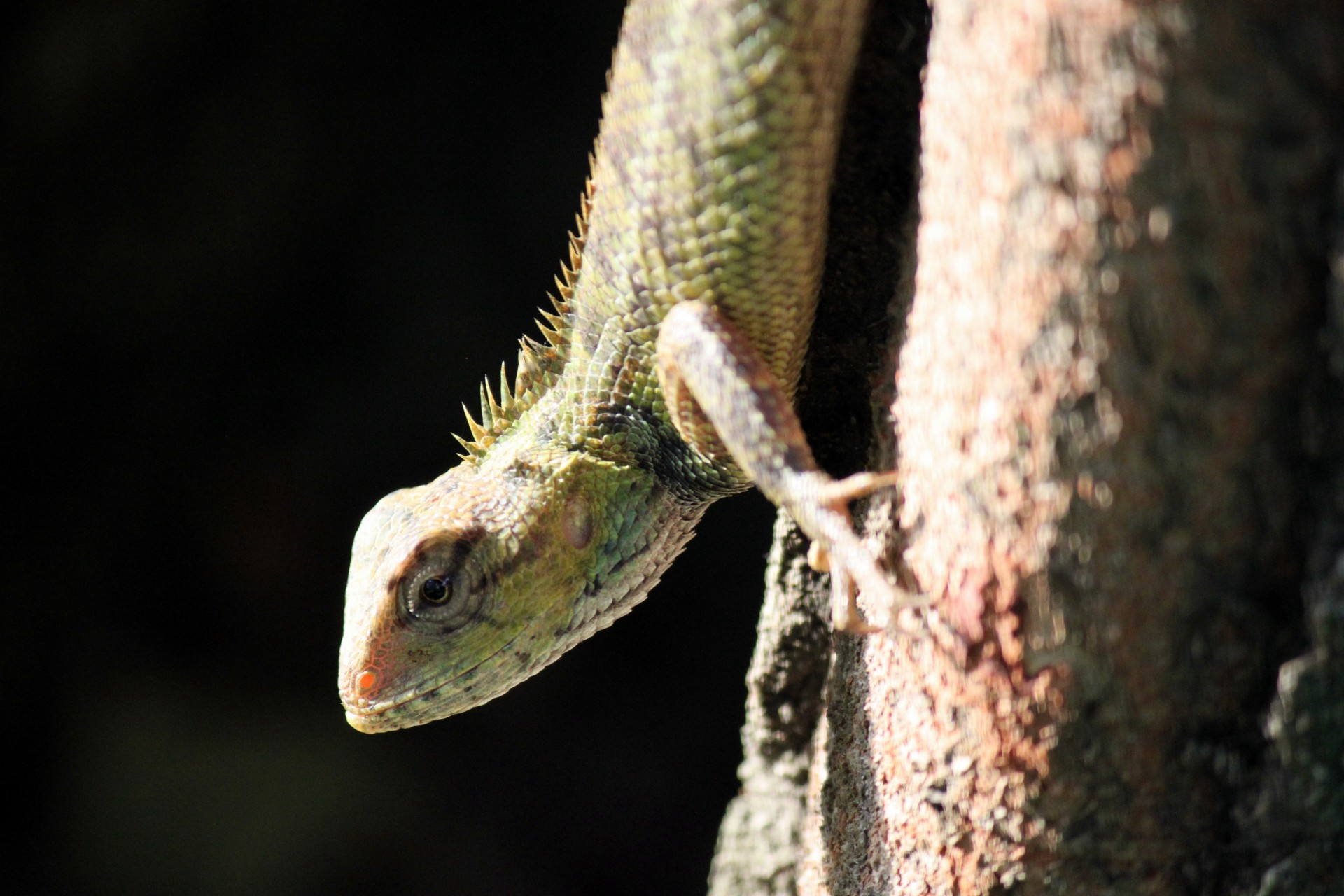Batman to baseball: Films shot in Illinois
- Details

Long before motion pictures had sound and color, and even before Hollywood became the “film capital of the world,” Illinois has stood as a central hub for motion picture production. Throughout Illinois’ long film history, there have been a wide variety of motion pictures filmed throughout the entire state.
Charlie Chaplin, one of the most famous filmmakers in the history of cinema, produced and starred in films all across the globe. This includes a quick stop in Chicago to star in a short silent film called “His New Job,” filmed in 1915.
Fast forwarding to the 1950s, the American folk hero Davy Crockett had a successful run of film and television series releases. This included “Davy Crockett and the River Pirates,” a classic western shot at the Cave-in-Rock State Park just along the Ohio River.
Southern Illinois Reptile and Exotics Show
- Details
 Are you looking for a fun, cheap and family-friendly event this weekend? This Sunday, Feb. 23, check out the Southern Illinois Reptile Show in Marion, IL!
Are you looking for a fun, cheap and family-friendly event this weekend? This Sunday, Feb. 23, check out the Southern Illinois Reptile Show in Marion, IL!
The show will include thousands of scaly animals for guests to observe, touch or even adopt! There will be reptiles, amphibians, mammals (including kangaroos) and more. Feeders and pet supplies will be available for those looking to treat their pets at home.
Did you know SIU-Carbondale is now a top research school in the U.S.?
- Details

Southern Illinois University-Carbondale has been designated a Research 1, or R1, in the Carnegie Classifications of Institutions of Higher Education. This is a prestigious accomplishment that only 187 schools have met. This represents less than 5% of the almost 4,000 classified educational institutions.
Research 1 Institutions are those that have allocated at least $50 million to research expenditures and grant at least 70 research doctorates. SIU-Carbondale cleared those requirements in 2023. SIU-Carbondale is just one of three public R1 universities in Illinois and the only one located in a rural area.
Celebrating Lincolns 216th Birthday
- Details

Every year on Feb. 12, Illinoisans and Americans celebrate Abraham Lincoln's life and legacy. Born in 1809 in Kentucky, Lincoln's journey brought him to Illinois, where he built the foundation of his career and developed his character and commitment to democracy. Known as the "Land of Lincoln," Illinois played a crucial role in shaping the leader who would later guide the nation through its most challenging times.
Lincoln's deep Illinois roots shine. Although not born in Illinois, Abraham Lincoln credited the state with shaping his identity. As a young man, he moved to New Salem, where he worked as a surveyor and postmaster before pursuing law in Springfield, his future home.
In Illinois, Lincoln refined his anti-slavery stance, which would define his presidency. His debates with Stephen A. Douglas in the 1858 Senate race highlighted his eloquence and conviction. Although he lost the race, the debates thrust him into the national spotlight, leading to his election as the 16th president of the United States in 1860.
Lincoln's enduring legacy and presidency confronted extraordinary challenges as he led the nation through the Civil War and issued the Emancipation Proclamation, which moved the country closer to abolishing slavery. His leadership preserved the Union but ultimately cost him his life in April 1865.
Today, his legacy is prominent in Illinois, with sites such as the Lincoln Home in Springfield and the statue in Grant Park, Chicago. The Abraham Lincoln Presidential Library and Museum draws many visitors. Lastly, we cannot forget where it started with the historic New Salem State Park in Petersburg.
On Feb. 12, we honor Abraham Lincoln and the values he embodied: integrity, perseverance and equality. Whether visiting a historic site or reflecting on his contributions, celebrating his birthday reminds us of his significant impact on our nation and his proud Illinois roots.
Happy birthday, Abe!



